Tags: Venus

NASA Scientist Contemplates Extraterrestrial Life on Venus Despite Extreme Conditions, Also Speculates on Nearby Alien Existence

OceanGate Co-Founder of Wrecked Titanic Sub Plans Potential Space Colony Above Venus by 2050

Venus, Mercury Will Meet; Delta Aquariids Meteor Shower Will Peak This Week
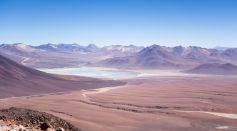
World’s Sunniest Spot: Atacama Desert in Chile Catches Rays That Are As Many as Venus, Has the Same Radiation As the Brightest Planet
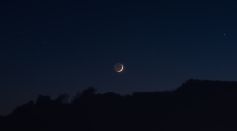
From the Start of Perseids Meteor Shower to Views of the Crescent Moon Close to Different Planets: Here Are Some Night Sky Events This Week

Night Sky Events for July 10-16, 2023; Venus, Mercury, Manhattanhenge, and More
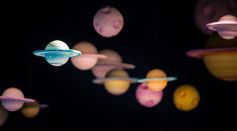
Night Sky Events This July 3-9; 'Buck Moon,' 'Ring of Fire' Eclipse Countdown, Saturn, Venus, and More
Summer Solstice 2023: Venus, Mars, Crescent Moon Will Appear in the Night Sky This Week

Stability of Nucleic Acid Bases in the Acidic Clouds of Venus Suggests Its Potential To Support Life
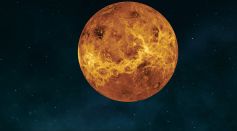
First Private Mission to Venus Postponed Until January 2025, Rocket Lab Announces
Venus, Mars Will Shine in West’s Twilight After Sunset This Week

Which Planet in the Solar System Is Closest to Earth? Surprise, It’s neither Venus nor Mars
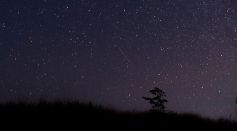
Lyrid Meteor Shower, Eta Aquarid Happening Soon: Here Are Some Magnificent Sky Viewing Events You Should Await in the Coming Months

From Mercury's Peak to Lyrid Meteor Shower: Here's What You Should Add to Your Sky Viewing Watchlist This April 2023

Planetary Parade: Five Planets, Crescent Moon Align in Night Sky
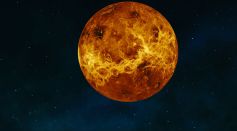
Is Venus Volcanically Active? Data from NASA's Magellan Mission Reveal Evidence of Lava Flows, Eruptions
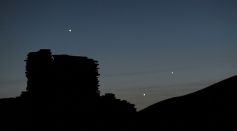
Five Planets Expected in Large Planetary Alignment This Month; Here's How to Watch Them
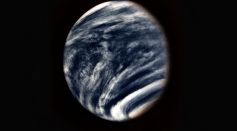
Early Venus Could Have Sustained Liquid Water on Its Surface for Billions of Years That Made It Habitable, Study Suggests
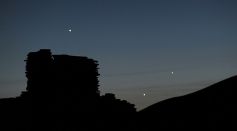
Jupiter-Venus Conjunction Set To Happen Tonight; Here's How To Spot These Two Planets Together

Venus May Be Losing Heat From Geologic Activity in Certain Regions, Nasa’s Magellan Mission Reveals
Most Popular

Largest Known Volcanic Aquifer Discovered Beneath Oregon's Cascades

New 'Supergiant' Sea Bug Found in South China Sea, Named After Darth Vader

Mediterranean Sea Was Refilled by a Catastrophic Flood Millions of Years Ago

Mysterious Cosmic Waves That Sound Like Birds Detected in Unexpected Space Region





